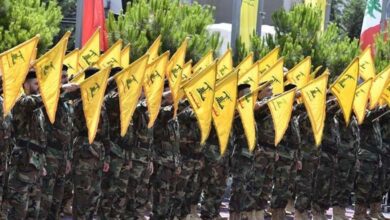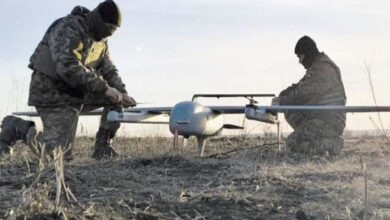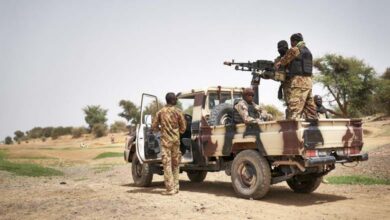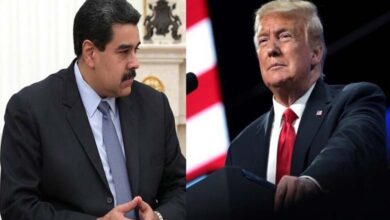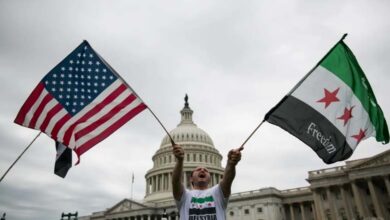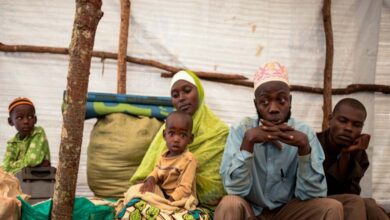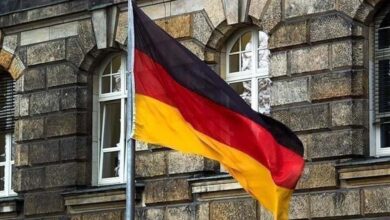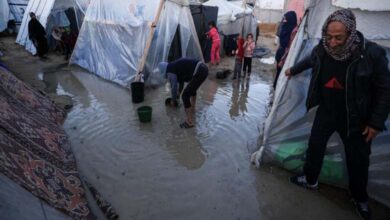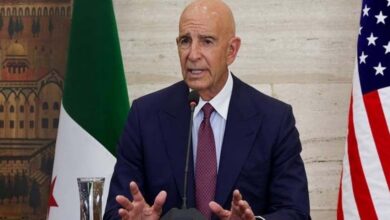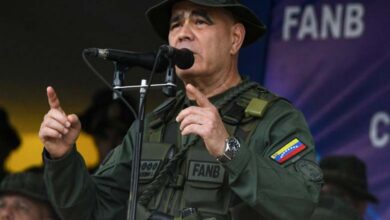80 Years Since the Tragedy of Nagasaki… Hibakusha Dwindle While the Perpetrator Remains Present
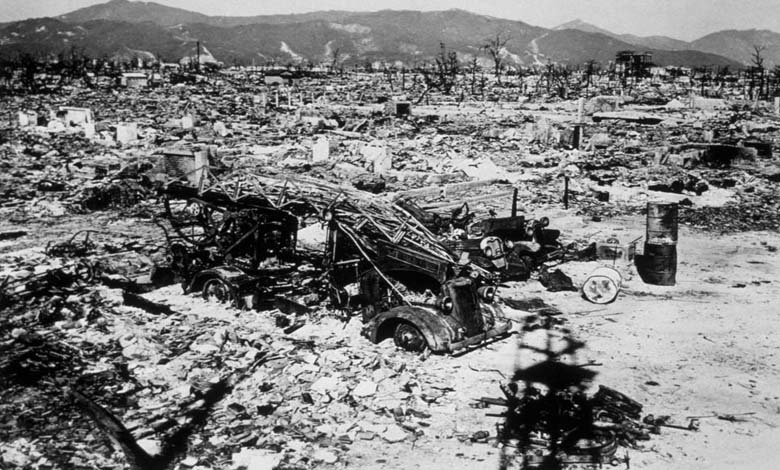
Eight decades after that morning when the sky over Nagasaki turned into a mass of fire and radiation, the city in western Japan once again stood in solemn silence, recalling one of the bloodiest days in human history.
-
Gaza War Casts a Shadow over ‘Nagasaki Anniversary’… Politics Overshadow Humanity
-
Facing China and U.S. Ambiguity.. Japan Rebuilds Its Military Power
Who are the Hibakusha?
In Peace Park, where the symbolism of the place intertwines with the weight of the event, around 2,700 people gathered, among them a dwindling number of survivors known as “hibakusha.” This year, their number fell below one hundred thousand for the first time.
The term “hibakusha,” of Japanese origin, refers to people affected by the atomic bombings of Hiroshima and Nagasaki in 1945.
These survivors, who have carried throughout their lives the memory of the explosion and the ensuing physical, psychological, and social suffering, know that their testimonies are on the verge of becoming the last living link to the catastrophe.
-
The Writers of the “State of the Union” Address… A Grueling Task for the President’s “Mirror”
-
World War II Threatens the UK with 170 ‘Dormant’ Bombs
Their voices, now more fragile, still have the power to cut through the noise of politics and the clamor of armaments, reminding the world of what a single weapon can do in a single moment.
This year’s ceremony was not merely a recollection of a distant past, but also a rare convergence between the memory of the victims and the current reality of nuclear politics: representatives from the United States — the nuclear power that dropped the bomb — and from Russia — the country with the largest nuclear arsenal in the world — attended among delegations from 95 countries and regions.
-
World War II Deception: A Japanese Military Ship in the California Desert
-
Japan Doubles Shelters… Preparing for World War III?
For many, seeing the representatives of these two nations standing side by side — whose combined arsenals could annihilate the planet — carried deep symbolism and irony, especially against the backdrop of the war in Ukraine and the ongoing tensions between Moscow and Washington, which both sides are attempting to mend.
At exactly 11:02 a.m., the moment the explosion occurred on August 9, 1945, the assembly observed a minute of silence. Then Shiro Suzuki, the mayor of Nagasaki, took the stage to warn that “the world is approaching an existential crisis for humanity” due to ongoing conflicts and the dangers of nuclear proliferation.
He urged leaders to return to the principles of the United Nations Charter and to take concrete steps toward disarmament, stressing that “any further delay is no longer acceptable.”
His words were steeped in symbols and memories: on that fateful day 80 years ago, an American B-29 bomber dropped a 10,000-pound plutonium-239 bomb, nicknamed “Fat Man,” on a city of about 200,000 people.
The immediate blast killed nearly 27,000 people, while tens of thousands more later died from burns, injuries, and radiation exposure.
-
Updating Nuclear Shelters: Switzerland Prepares for a “World War Scenario”
-
World War II Deception: A Japanese Military Ship in the California Desert
History records that Nagasaki was chosen partly because of its industrial importance and strategic port, as well as its mountainous terrain, which amplified the force of the explosion.
Just three days after the uranium-235 bombing of Hiroshima, Nagasaki lay in ruins. The double nuclear shock forced Japan to surrender on August 15, bringing the Second World War to an end.
Today, the traces of that moment still linger in the bodies and minds of the survivors, along with a legacy of social discrimination and health suffering.
-
World War II: The Strangest and Most Failed Weapons
-
Elon Musk warns of a third world war… What’s happening?
As the number of hibakusha declines, the burden of memory shifts to new generations, who strive to convey the same warning message in a world that scientists say is approaching its highest levels of nuclear tension since the Cold War.
In Peace Park, among the monuments, white flowers, and chants, the past and present seemed engaged in a silent dialogue: a city rebuilt from ashes through eighty years of perseverance, yet still living under the shadow of a weapon that remains in the arsenals of major powers — and perhaps in their intentions.
In that moment, the joint presence of the historical “perpetrator” and the holder of the largest nuclear stockpile was a reminder more powerful than any speech: history is not always a closed chapter, and catastrophe could return if the current course is not changed.
-
Hope faces bombs: The world celebrates “Peace Day” in times of war
-
Beirut Port Explosion Anniversary: Justice Moves Forward Despite Hezbollah’s Obstruction


